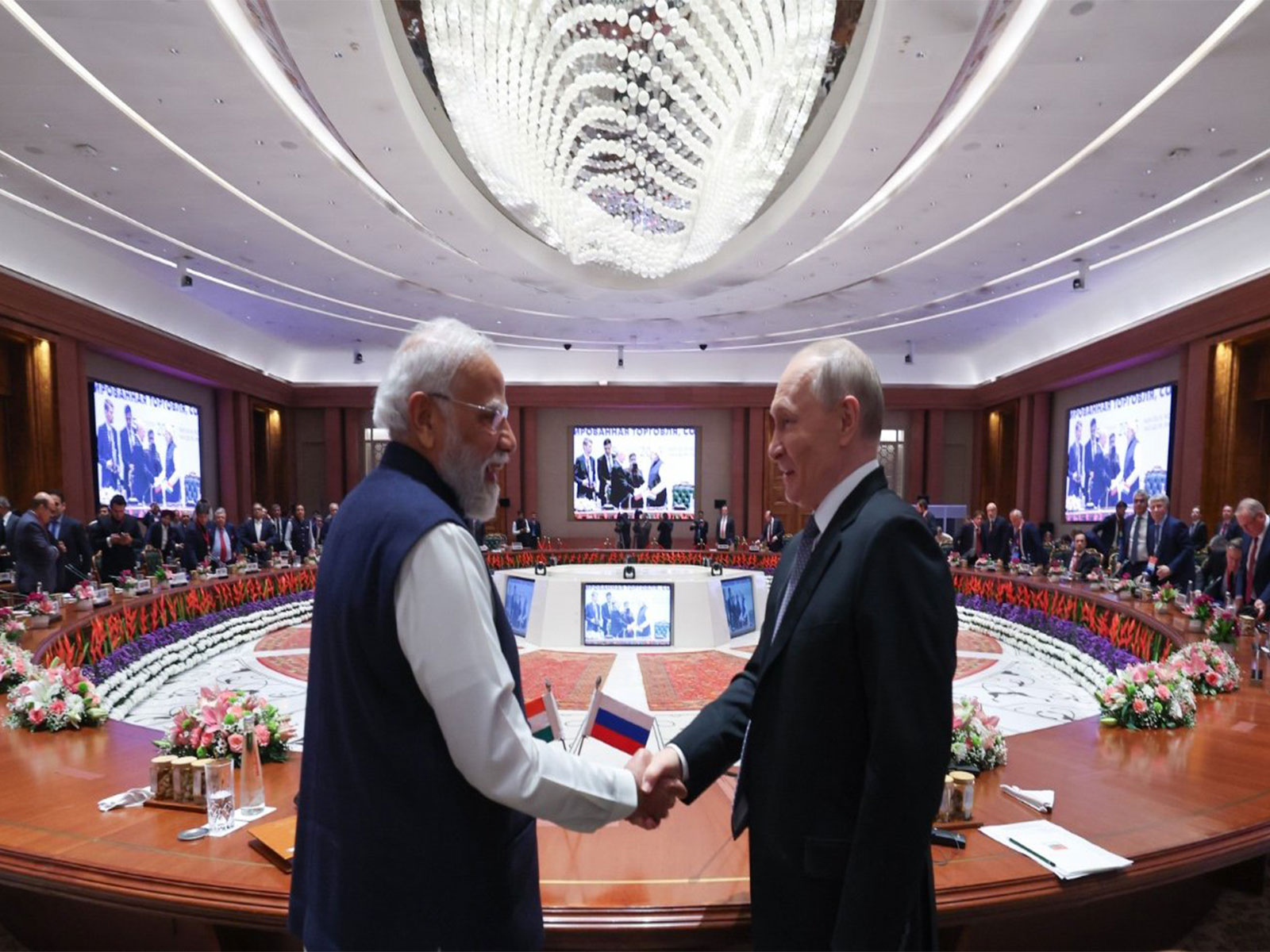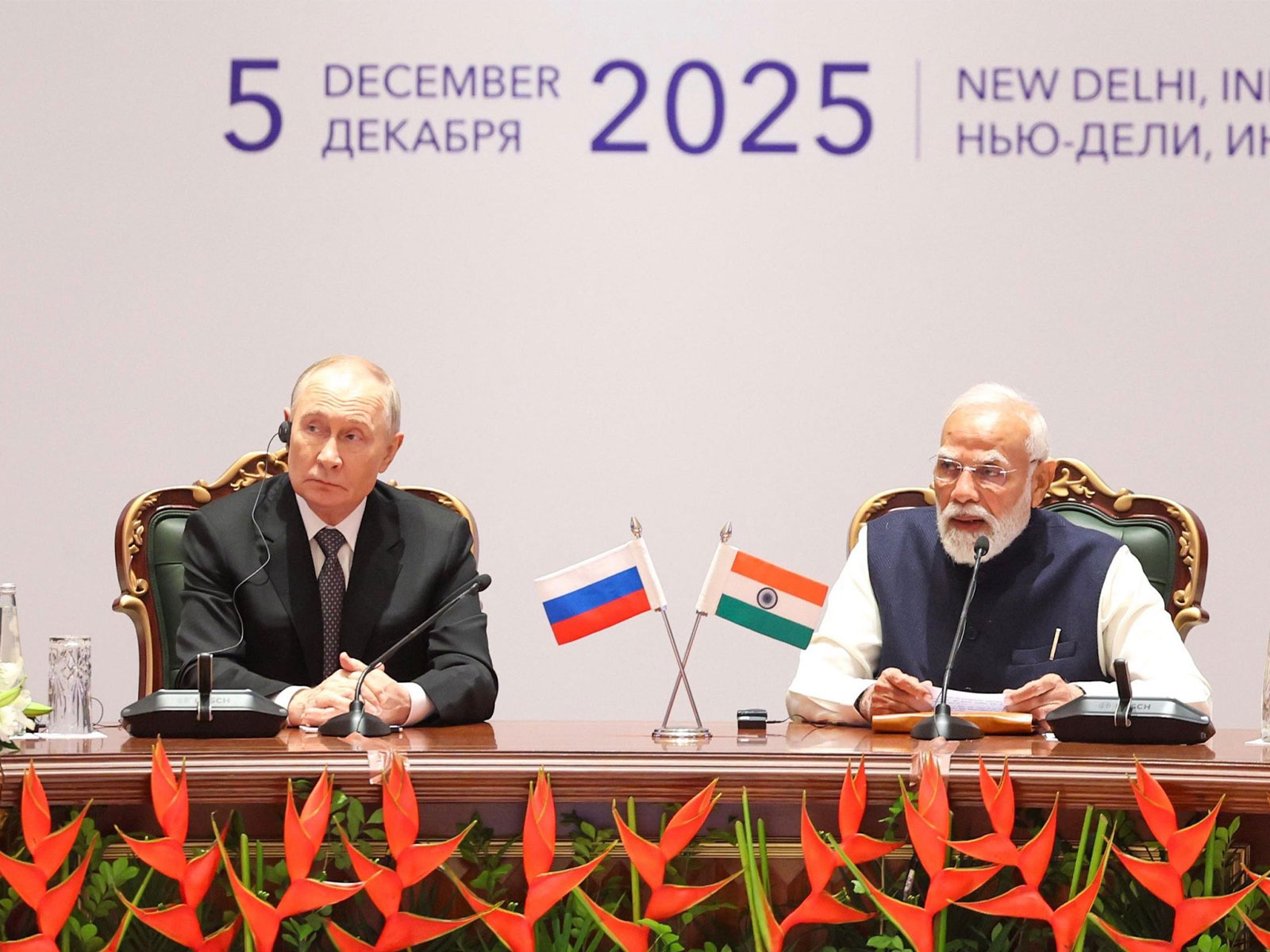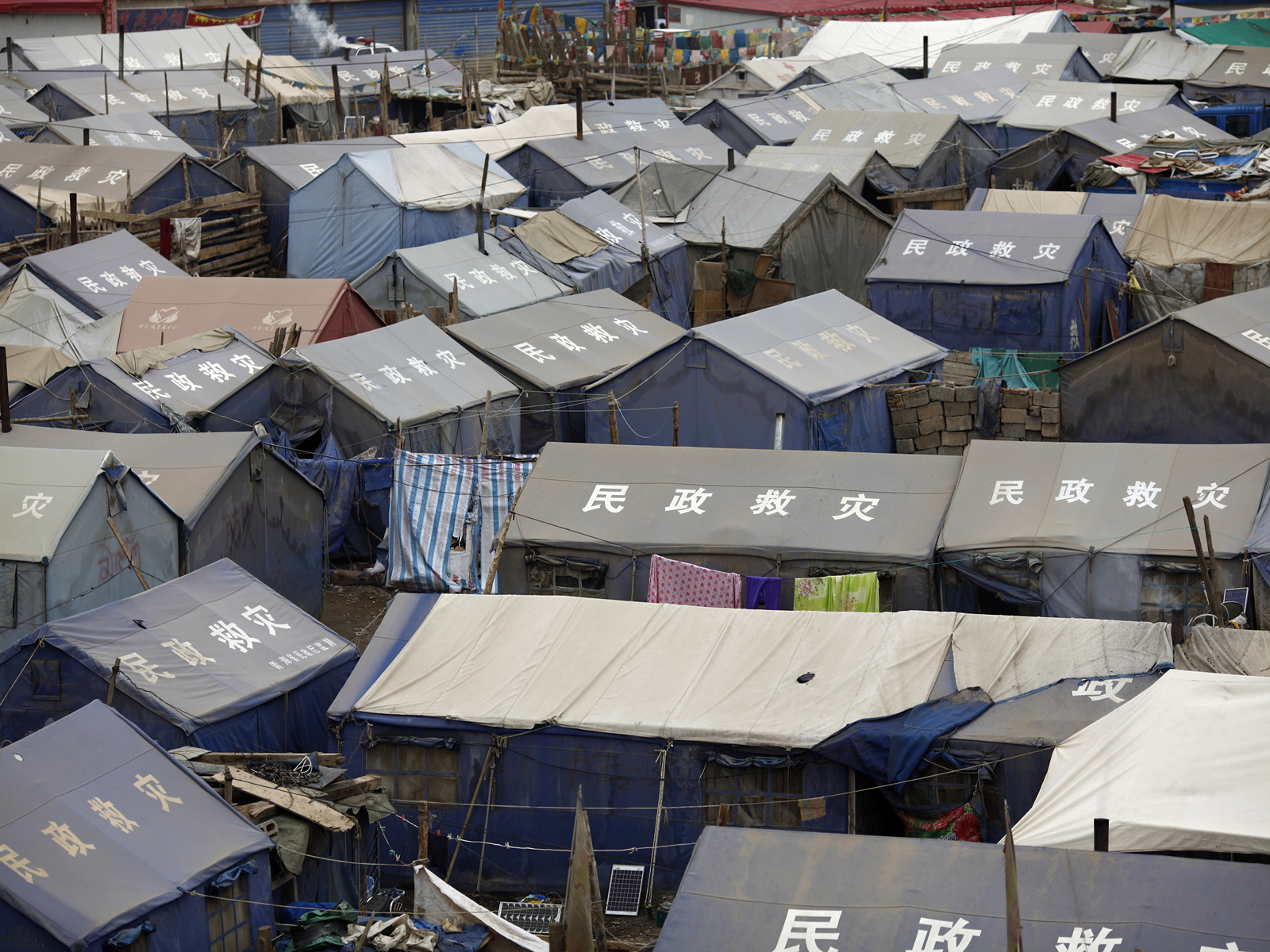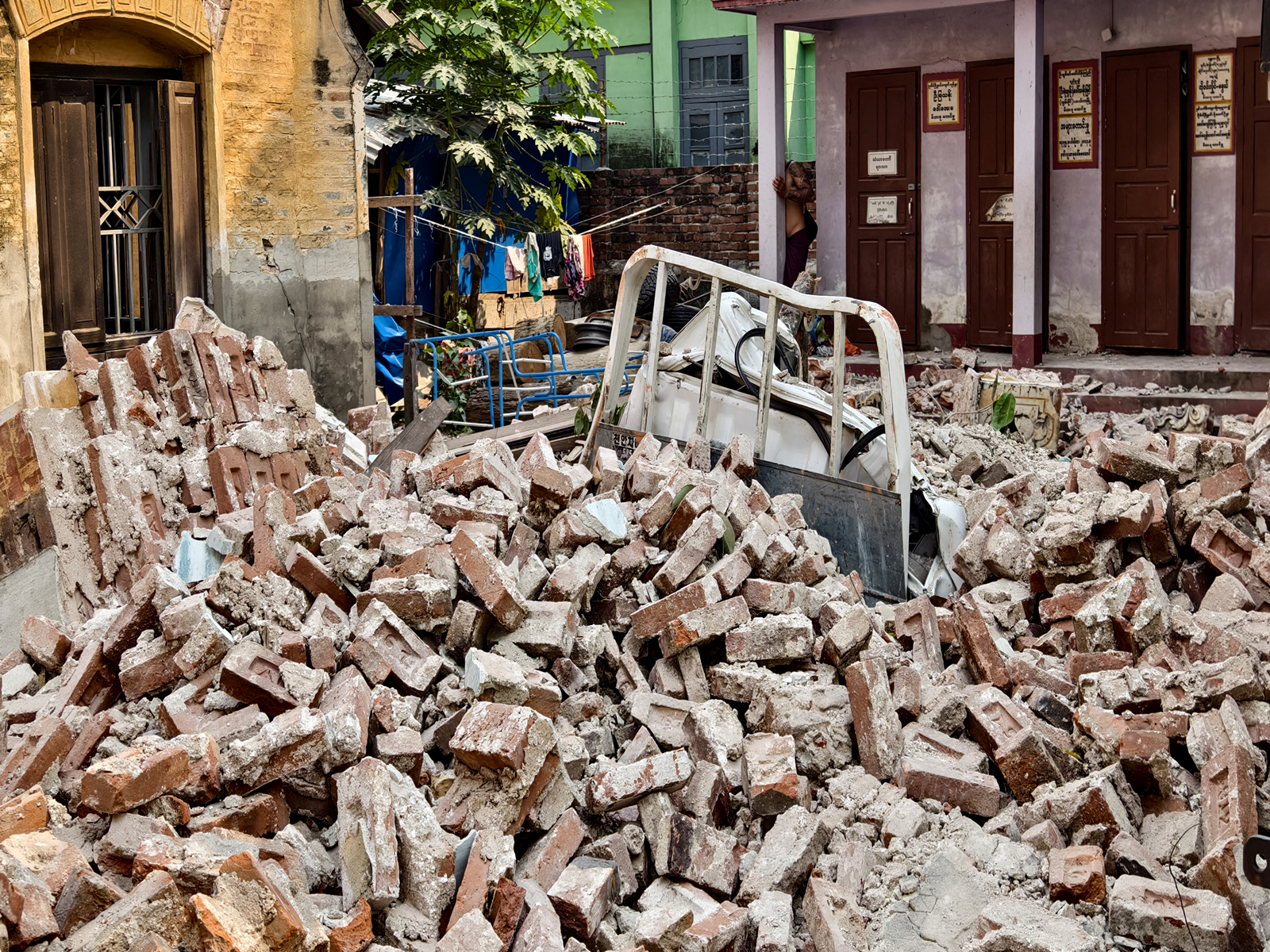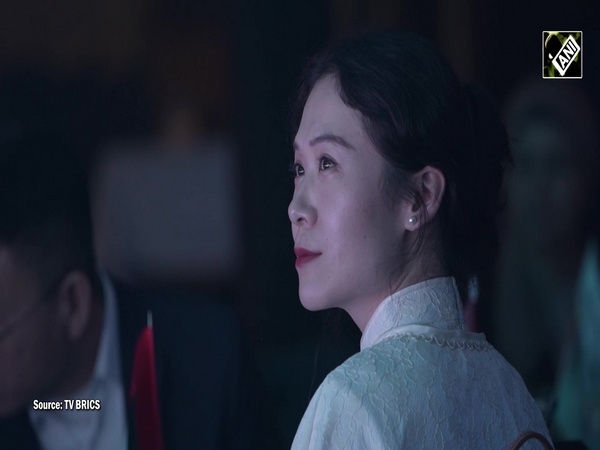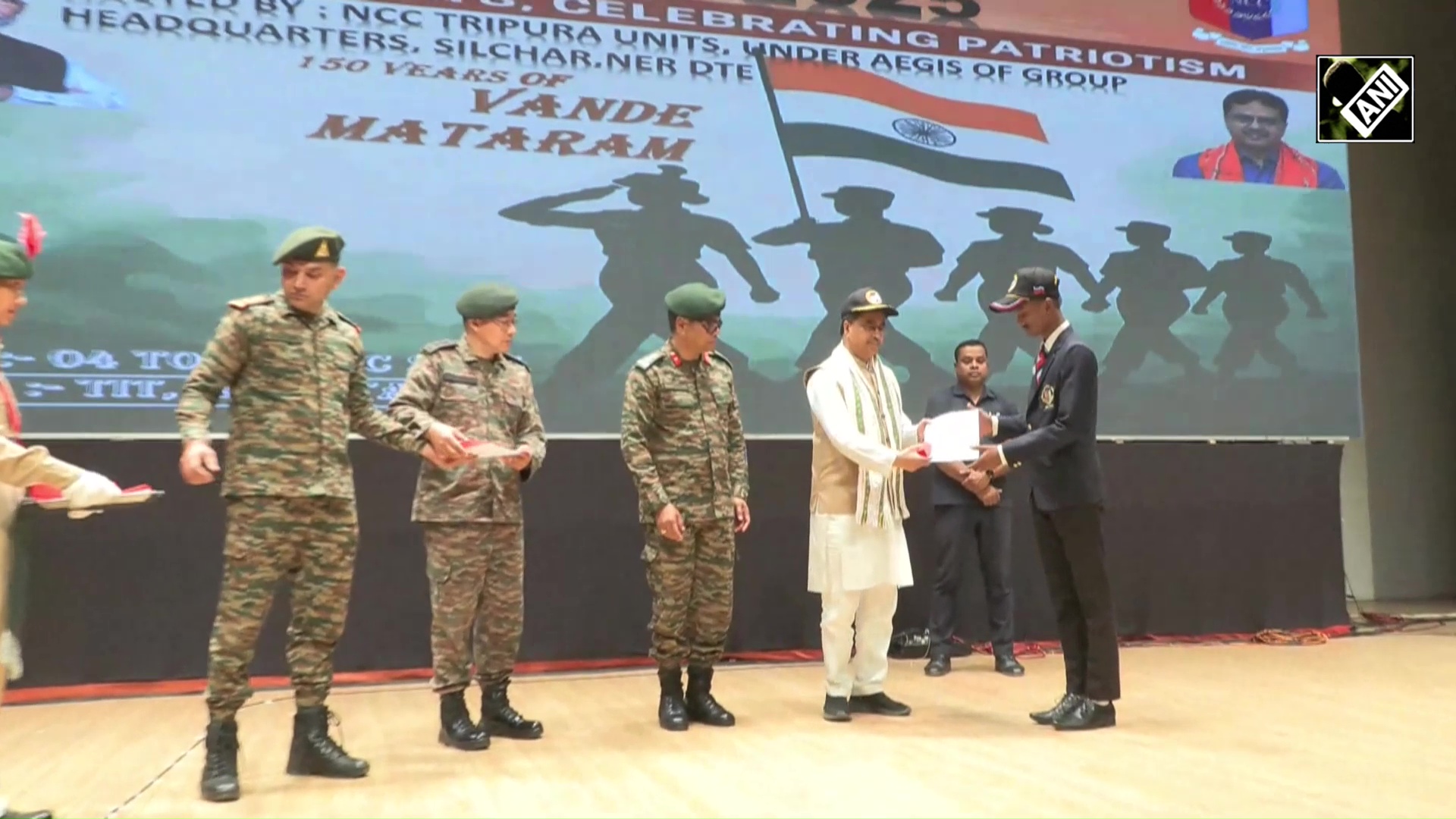Nepali medieval town celebrates traditional 'Jatra' procession as substitute for 'Dashain'
Oct 08, 2024

Lalitpur [Nepal], October 8 : The medieval town of Khokana recently held its vibrant "Shikali Jatra," a traditional festival celebrated in place of the fortnightly Dashain festival. During this five-day event, masked dancers representing various Hindu deities performed spirited dances around the Shikali temple, honouring the goddess known as "Shikali," "Ajima," or Mother Goddess.
The festivities commenced with the procession of Goddess Rudrayani or Shikali, carried in a wooden chariot through the village and eventually resting at the temple, accompanied by various sacred copper vessels.
The Jatra incorporates Tantric rituals and features colourful masked dances depicting 14 deities from the Hindu Pantheon. Priests dressed in white robes, along with the 14 masked deities, come together to perform these traditional dances.
"The celebration starts from Tritiya of Ashoj. As the festival starts in Khokana, a male buffalo is sacrificed at the main gate of the (medieval) city which is selected and performed collectively by three Guthis. Eight (in their pre-pubescent boys) Kumar boys are assigned with collecting the materials for ritual within the community," explained Bekhanar Maharjan, one of the priests involved in the rituals.
He added that three of the boys collect the blood of the sacrificed he-buffalo to offer at the Shikali Temple. On the next day, the meat of the buffalo is distributed within the Guthi as Prasad. On the fourth day, the goddess's idol is transported to the temple in a palanquin early in the morning.
The festival is believed to protect the town from misfortunes and is also an occasion for farmers to celebrate the post-harvest season. The dances performed during the Jatra reflect various religious beliefs and traditions.
On Tuesday, masked dancers showcased their performances in front of the temple. The dances include two themes: one involving the search for a monster, while the other is based on the Swosthani or Skanda Purana.
In the Swosthani dance, Mahadev, Parvati, Kumar, Ganesh, and other deities compete to reach the Sumeru Parbat, with the winner receiving a reward. Kumar boasts about having wings and flying on a peacock as he embarks on the journey. However, he faces injuries in the jungle and cries out in despair. The demon deity, Lakhe, emerges from the jungle to prey on him, but Hanuman intervenes, resulting in an intense battle that ends without a clear victor as both become exhausted.
Meanwhile, Ganesh grows concerned about his brother's long absence and sets out to find him. Lakhe eventually realises that the beings before him are gods, applauding them and retreating in fear. The Jatra culminates on Fulpati, focusing on the town's patron deity, goddess Rudrayani, also known as Maheshvari. She is regarded as the Shakti of Lord Mahesh (Shiva) and is worshipped under various names, including Rudrayani, Shankari, Shivani, and Mahesi.
"During this time there are lots of people. People come here and they get to learn about different cultures. It's quite fun and you get to learn and experience new things," said Riddhi Tuladhar, a local reveller. The final day's dance is linked to the city's origins, believed to have been founded by King Amar Malla in the 15th century during the Medieval Malla Era.
Historically, King Amar Malla relocated the Maharjan and Dangol families from Pachali Bhairav to Khokana to manage the temple. When the kingdom was established, it was initially named Jitapur. The Malla kings built various temples dedicated to the Matrikas (Mother Goddesses) to safeguard their realm from epidemics and illnesses.
They are said to have constructed eight Asta Matrika temples in cardinal directions to protect their kingdoms. The establishment of the Sikali Temple, dedicated to Goddess Rudrayani in the Newar Pantheon, is believed to mark the town's founding.
